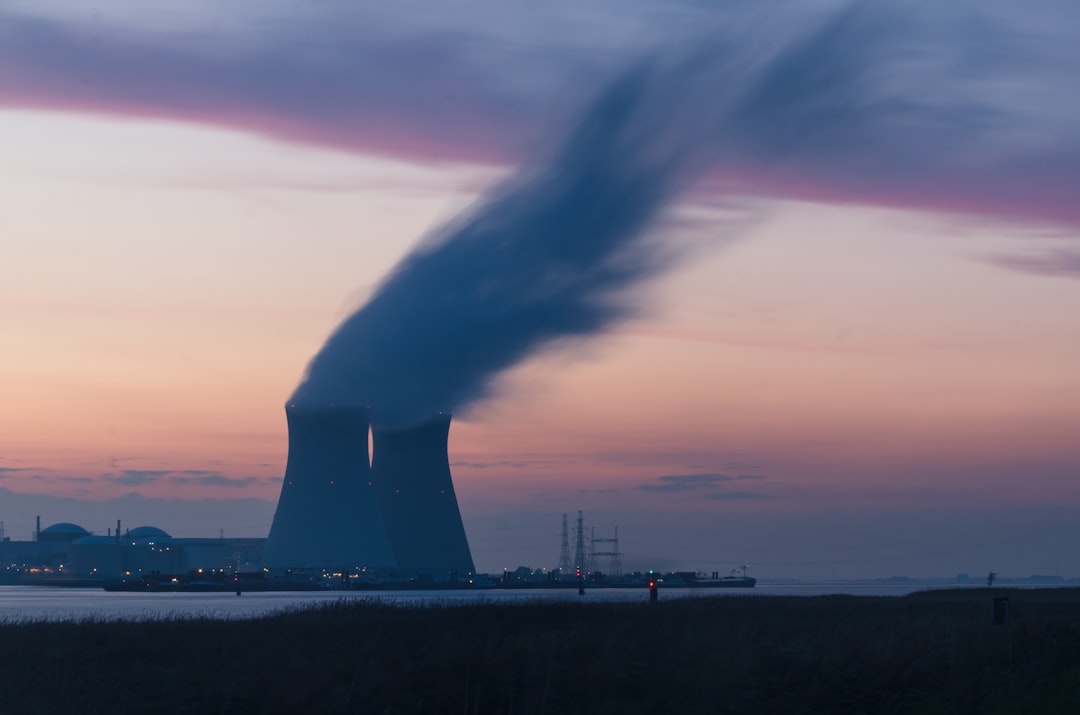Water scarcity is a pressing issue that affects many regions around the world, and reducing water consumption in commercial buildings is a crucial step towards combating this problem. By implementing various water-saving strategies, commercial buildings can not only contribute to water conservation efforts but also save money on water bills. One effective way to reduce water consumption in commercial buildings is by installing steel enclosures for water storage tanks.
Steel enclosures are a durable and cost-effective solution for protecting water storage tanks in commercial buildings. These enclosures are designed to withstand harsh weather conditions and provide a secure environment for water storage tanks. By installing steel enclosures, commercial building owners can protect their water storage tanks from damage and extend their lifespan.
In addition to installing steel enclosures, there are several other strategies that commercial buildings can implement to reduce water consumption. One of the most effective ways to save water in commercial buildings is by fixing leaks and upgrading plumbing fixtures. Leaks in pipes and fixtures can waste a significant amount of water, so it is important to regularly inspect and repair any leaks.
Another way to reduce water consumption in commercial buildings is by installing water-efficient fixtures and appliances. Low-flow toilets, faucets, and showerheads are designed to use less water without sacrificing performance. By replacing old fixtures with water-efficient ones, commercial building owners can significantly reduce their water consumption and save money on water bills.
Implementing water-saving practices in daily operations can also help reduce water consumption in commercial buildings. Encouraging employees to turn off faucets when not in use, report leaks promptly, and use water wisely can make a big impact on water conservation efforts. Additionally, scheduling regular maintenance and inspections of plumbing systems can help prevent water wastage and identify any potential issues before they become major problems.
Furthermore, rainwater harvesting systems can also be installed in commercial buildings to collect and store rainwater for non-potable purposes such as irrigation and flushing toilets. By utilizing rainwater for these purposes, commercial building owners can reduce their reliance on municipal water sources and save money on water bills.
In conclusion, reducing water consumption in commercial buildings is essential for sustainable water management. By implementing water-saving strategies such as installing steel enclosures for water storage tanks, fixing leaks, upgrading fixtures, and implementing water-saving practices in daily operations, commercial building owners can make a positive impact on water conservation efforts. By taking these steps, commercial buildings can help alleviate water scarcity and contribute to a more sustainable future.
